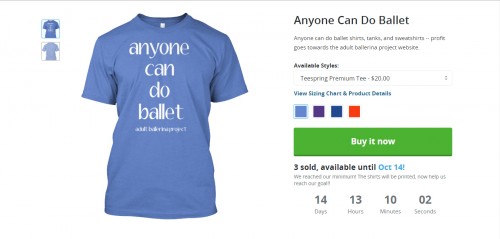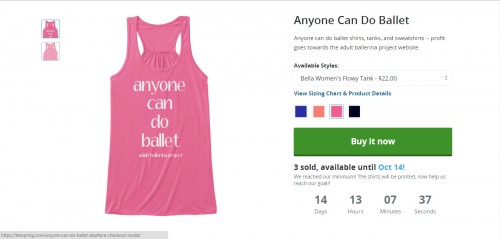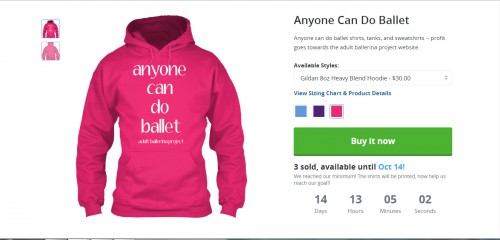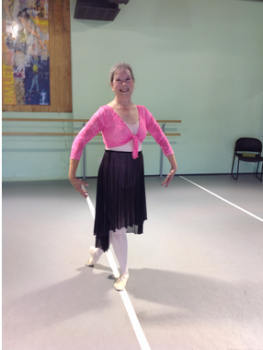In my earlier post “To Return or Not?”, I concluded that restarting ballet has been a surprisingly positive experience. As I dip my toes in the water, I need to preserve my toes (and the rest of my body) by heeding advice from a professional ballerina friend:
- “Take it slooow.” (i.e., proceed slowly and with caution)
The first time I rolled up to demi-pointe, I anticipated pain in my left foot and, much to my relief, felt nothing. Just to be safe, for barre exercises I stay mostly on flat because my feet, ankles and calves are relatively weak. For retiré/passé, fondu and pique steps, I sometimes gingerly venture onto demi-pointe. In center during the first class, I marked pirouettes on flat but when dancing full-out, I automatically rotated on relevé – without pain! Although I can dance some steps in relevé, I know that in order not to strain my muscles, I’ll gradually have to work up to a more consistent demi-pointe.
- “Don’t be frustrated or disappointed by not being able to do what you used to do.”
When I saw myself in the mirror, I grimaced: feet shaped like spatulas when pointed, heels not raised high when feet in relevé/demi-pointe, and a 5th position resembling 3rd position. While standing in retire/passé, I noticed that my passé knee was not as turned out as used to be, but instead it drifted forward. Although I know this rustiness is expected, I’ve decided to stop looking in the mirror until I’ve been back to ballet consistently for a few months.
I’ve thought of a few more pieces of advice:
- Be aware of bad habits formed by previous injuries or chronic pain.
Before surgery, at bottom of a grande-plié in first position I used to favor my left foot and rest more weight on my right foot because of my injury. The first time after surgery when I lowered into a first position grande-plié, I instinctively braced myself — for what ended up being nonexistent pain in my left foot. So now I need to retrain my body to plié correctly while evenly distributing weight between both sides.
- Maintain your sense of humor about:
- coordination: When working on side tendus from 5th position at the barre, I kept closing in front while the rest of the class kept closing in the back, and vice versa!
- speed: While executing double frappés at the barre, I found myself concentrating more on getting my foot out (front, side, and especially back) on time, rather than on proper technique – wrong priority!
- combinations: When my teacher marked a long center combination toward the end of class, I glanced at clock and was dismayed to see we still had 15 minutes left!
- Just do it. (i.e., GO to class)
Although responsibilities (like jobs, childcare, housework, errands, etc.) dampen my motivation for class, I’m even less inclined to go because I’m out of shape. Yes, you read that correctly: I don’t want to go to class because I’m out of shape. Of course going to class is exactly what I should do in order to get back into shape! While driving to class I frequently ask myself, “Do I really want to go? Eh…. I don’t know. Should I go? Yes, I’d better or I’ll regret it.” Despite these internal debates en route to the studio, I’m usually happy once I’m in class. On the drive home I always smile and think, “I’m glad I went to class after all.”
Featured Image “Untitled” By Alice Barigelli







